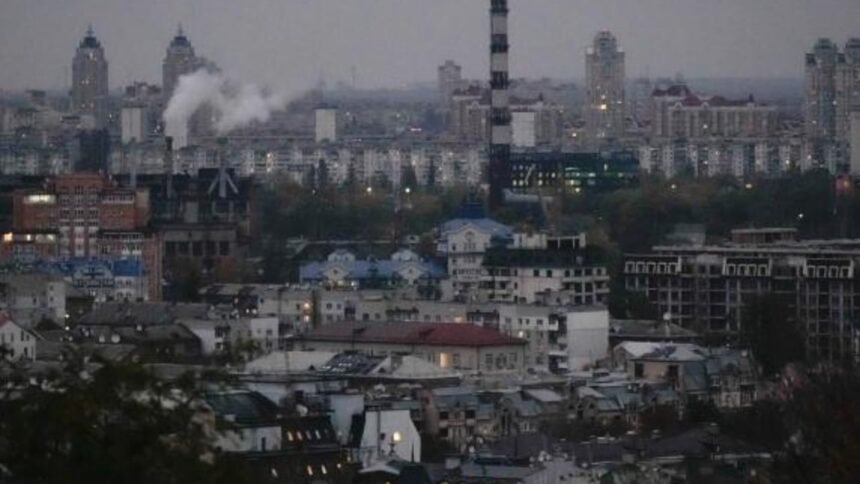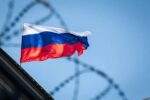The planned summit between Donald Trump and Vladimir Putin in Budapest has been put on hold, as efforts to initiate genuine negotiations to end the war in Ukraine have stalled.
According to diplomatic sources, during a phone call on October 16, Russian President Putin reiterated Moscow’s non-negotiable conditions: recognition by Kyiv of Russian control over the entire Donbas region. Currently, Russian forces control around 88% of this territory, including parts of the Donetsk, Luhansk, Zaporizhzhia, and Kherson districts.
This demand would grant Russia an additional 12% of Ukrainian territory—an ultimatum that the Ukrainian government considers unacceptable.
Despite efforts by Trump and his advisors to revive dialogue, Washington has realized that Putin’s stance has not changed since their last meeting in Alaska on August 15.
Under these circumstances, the only idea under discussion is the so-called “Korean solution”: halting fighting along the current front line without signing a formal peace treaty. This would imply an indefinite ceasefire, with Russian forces maintaining control over occupied territories, but without international recognition.
Ukrainian President Volodymyr Zelensky appears to have abandoned the demand for immediate NATO membership, after Trump excluded this option from the Alliance’s documents.
Another proposal, supported by Italian Prime Minister Giorgia Meloni, suggests that Western countries offer Ukraine security guarantees similar to NATO’s Article 5. However, Putin has rejected any plan involving the Alliance’s structure, making diplomatic progress impossible.
In the face of Washington’s frozen stance, key EU countries—including France, Germany, Italy, Poland, Norway, and Finland—are attempting to fill the gap by increasing arms supplies to Kyiv.
Meanwhile, Trump has allowed the sale of military equipment to NATO partners, with the intention that these will eventually be transferred to Ukraine. Yet, this mechanism is progressing slowly and fails to meet the urgent needs of the Ukrainian army.







